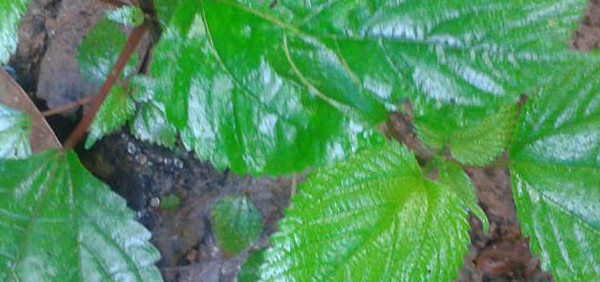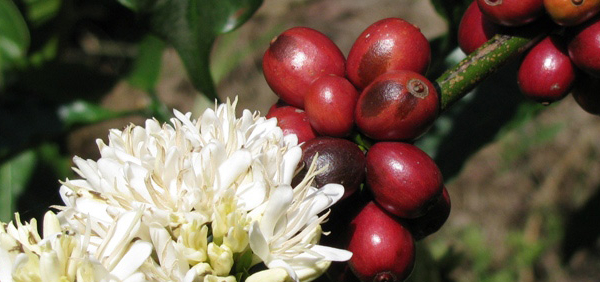kumbhika :

Geographical distribution:
Tropical and subtropical areas of Africa; Asia to New Guinea and N. Australia; southern N. America, S. America, the Caribbean and Central AmericaECOLOGICAL ASPECT:
- Common in lakes, lazy streams and stagnant waters, even in rice paddies at low altitudes.- Frequent decorative plant in residential ponds, aquariums and water fountains.
- Pantropic.
Plant conservation:
Pistia stratiotes is a major weed of lakes, dams, ponds, irrigation channels and slow-moving waterways in tropical, subtropical and warmer temperate regions. It can completely cover water bodies, disrupting all life on the water. It clogs waterways preventing river travel, blocks irrigation canals, destroys rice paddies and ruins fishing grounds. It affects hydro-electricity production as its vast mats clog the turbines. P. stratiotes has been included in the Global Invasive Species Database (GISD 2005). It has been listed as a noxious weed in South Africa (prohibited plants that must be controlled. They serve no economic purpose and possess characteristics that are harmful to humans, animals or the environment) and most Australian states.- » Classification and names of kumbhika
- » Synonyms and definitions of kumbhika
- » Drug Properties of kumbhika
- » Chemical Constituents of kumbhika
- » Standardization of kumbhika
- » Parts used and Dosage of kumbhika
- » Morphology and Histology of kumbhika
- » Distribution and Conservation of kumbhika
- » Cultivation of kumbhika
- » kumbhika in the market
- » Medicinal Uses of kumbhika
- » Researches and clinical trails of kumbhika
- » kumbhika in other sytems of medicine
- » Ayurvedic formulations with kumbhika
- » Images of kumbhika












